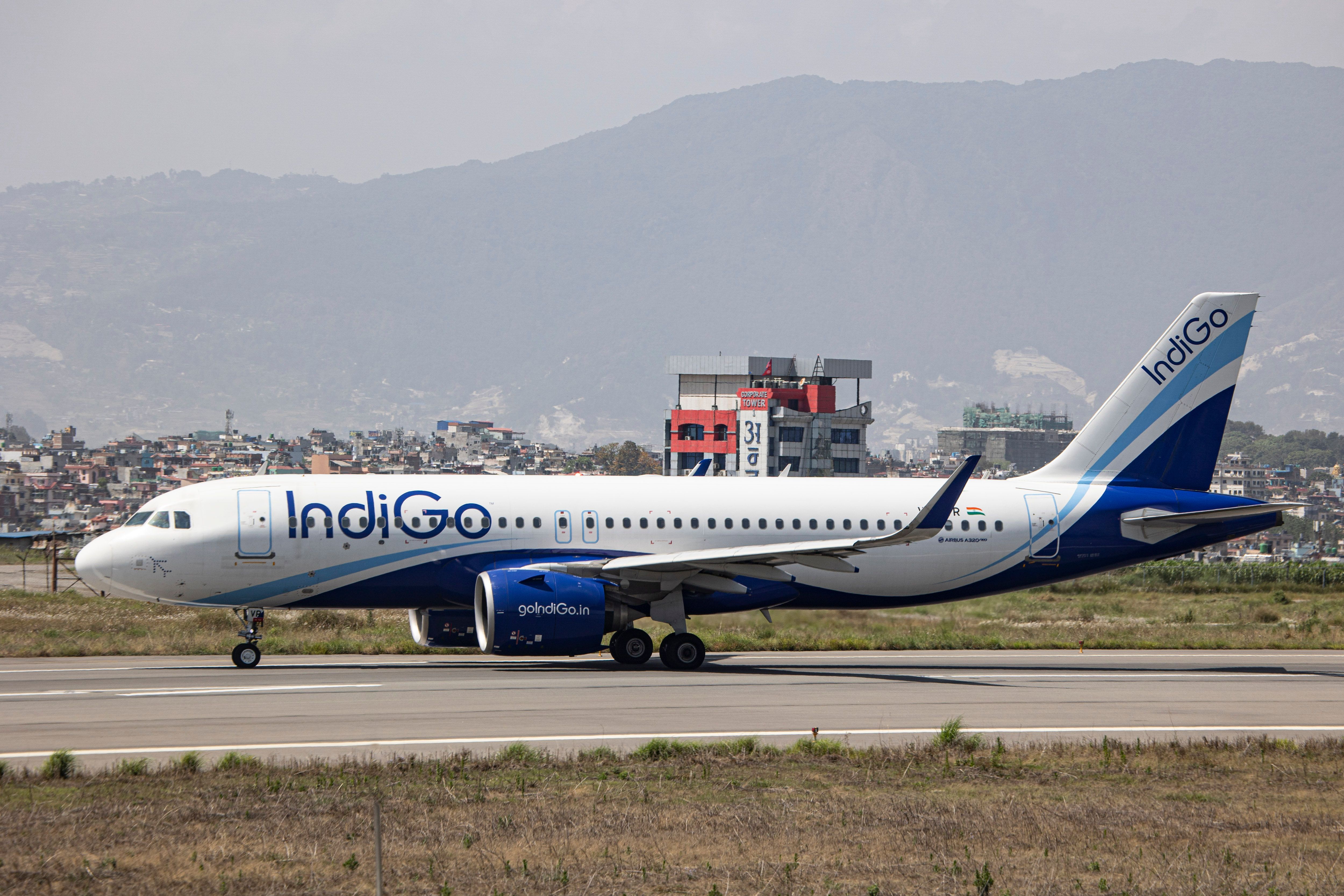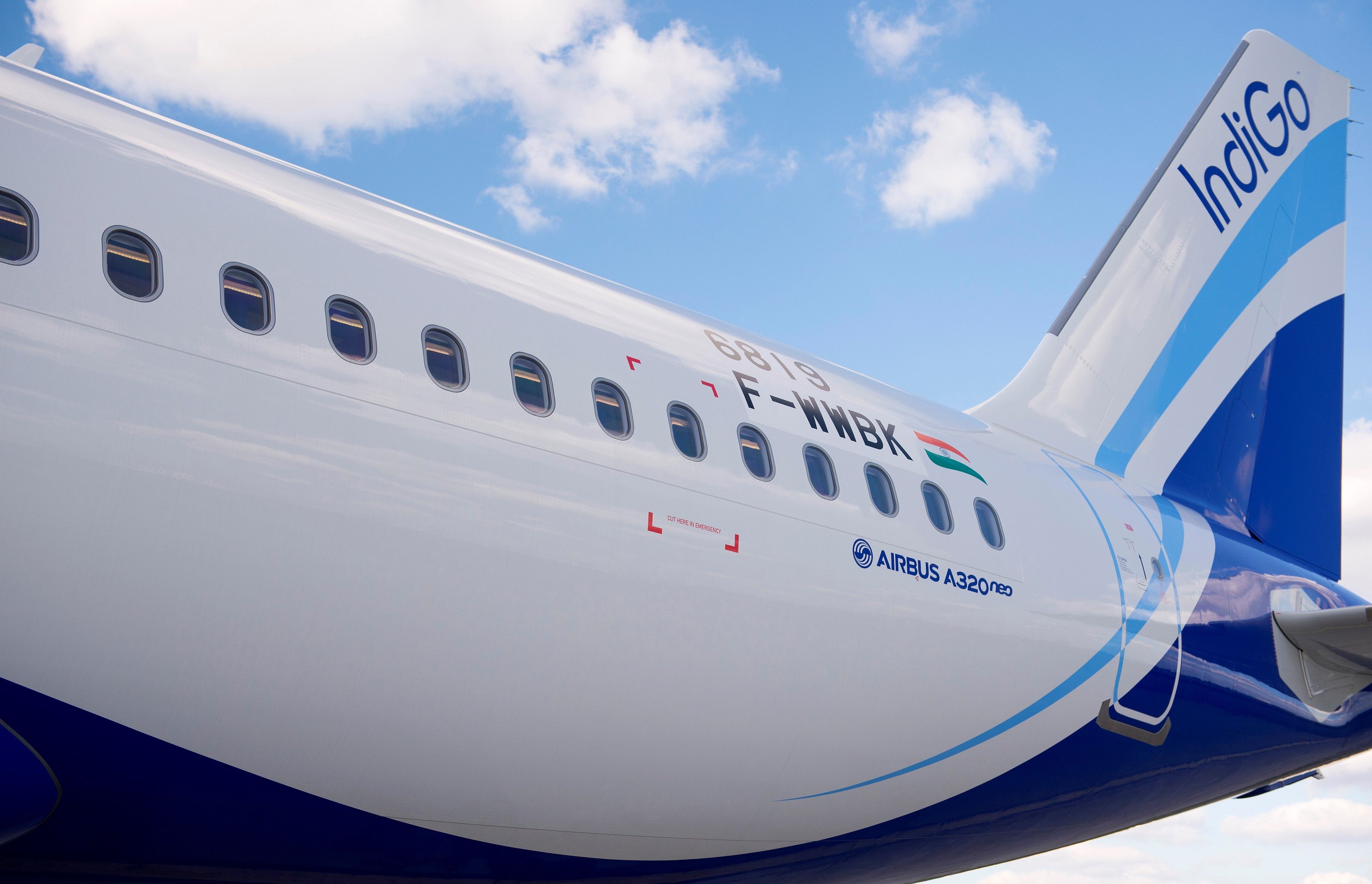IndiGo is often viewed as a poster child of Indian aviation, setting standards for efficiency, profitability, and maintaining sustained growth year after year. The airline is known for its decent on-time performance and quick turnaround time, which results in better aircraft utilization for maximum profitability.And now, in an attempt to save more time between flights, IndiGo has decided to use three aircraft doors instead of industry-standard two to allow passengers to disembark.
3-door strategy
India's largest and arguably the most efficient airline, IndiGo, is ready to outdo itself in the efficiency department. The airline's turnaround time is considered one of the best in the country, and it's all set to get even better with its latest practice.
IndiGo has announced that it will start utilizing an additional door in the front of its aircraft to allow a faster deboarding time. This means the airline will use three ramps instead of two for a quicker deplaning process.
The third ramp is expected to help the airline shave off three to five minutes from its turnaround time, which cumulatively will improve the carrier's operational efficiency. So far, IndiGo has introduced this practice at remote stands at Delhi (DEL), Mumbai (BOM), and Bengaluru (BLR) airports but will eventually roll it out across 70% of its operations in India.
A spokesperson for the airline commented,
“The new Three-Point Disembarkation process will be carried out from two forward and one rear exit ramp, making IndiGo the first airline to use this process.”
Breaking the norm
IndiGo's use of its additional front door for deplaning is a deviation from industry norms, as airlines almost always use the left side of the aircraft for boarding and deboarding.
Follow Simple Flying for all the latest aviation news.
A key reason to use the left side to let passengers in and out is that it allows the ground crew to continue their duties uninterrupted. Such staff carries out a variety of tasks on the right-hand side of the plane, such as fueling and loading bags.
This drives the foot traffic away from the busy crew and reduces interference, with passengers boarding from the opposite side.
IndiGo will use this practice on its A320 family of aircraft, and, interestingly, it has mentioned using the 3-door strategy for deboarding only.
Increasing efficiency
After two difficult years, IndiGo stares at a considerably different aviation landscape in India and probably feels the need to implement new strategies to squeeze in maximum operational gains.
IndiGo operates 1,600+ flights daily on 70+ domestic and 25 international destinations. Achieving a faster turnaround is critical for the carrier, as its business model involves flying planes for as many hours during the day as possible.
Currently, IndiGo's average turnaround time is anywhere between 30-35 minutes. We'll have to wait and see just how much of an impact this new practice has on the airline's operations.
What do you feel about IndiGo's 3-point disembarkation process? Please leave a comment below.



